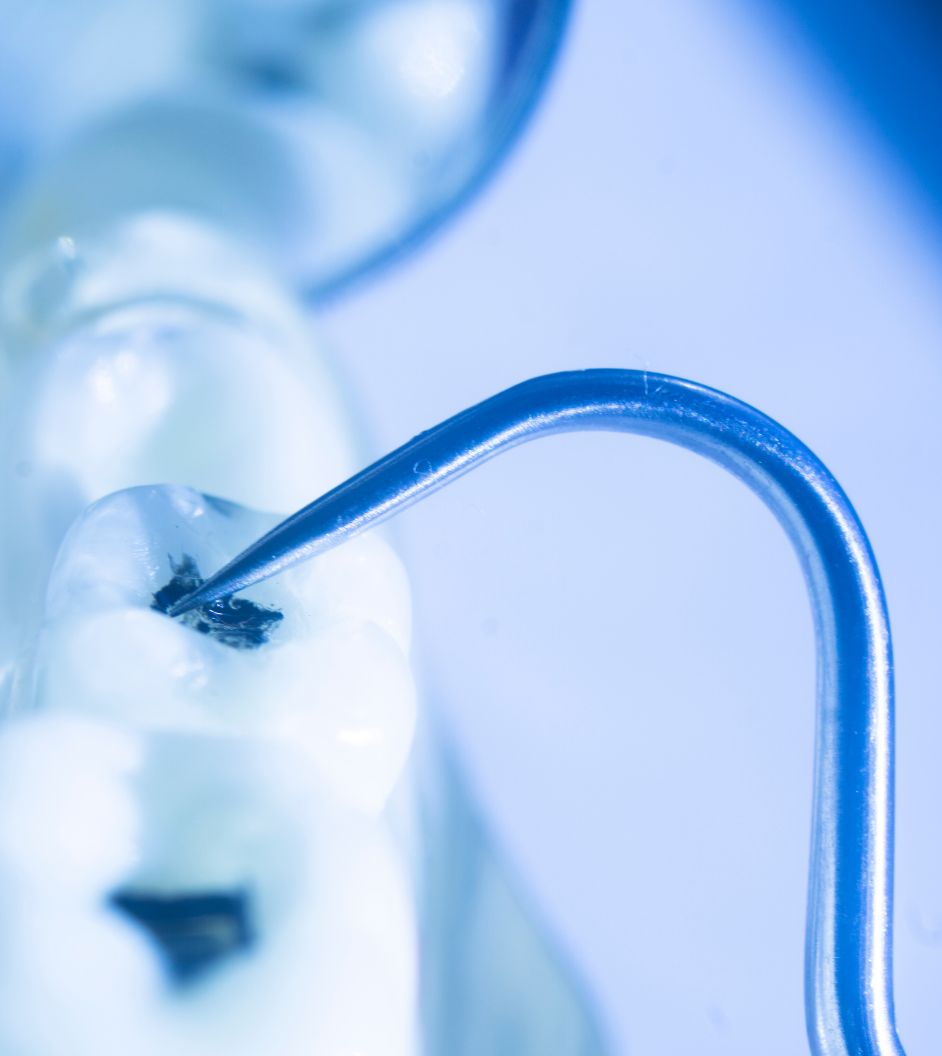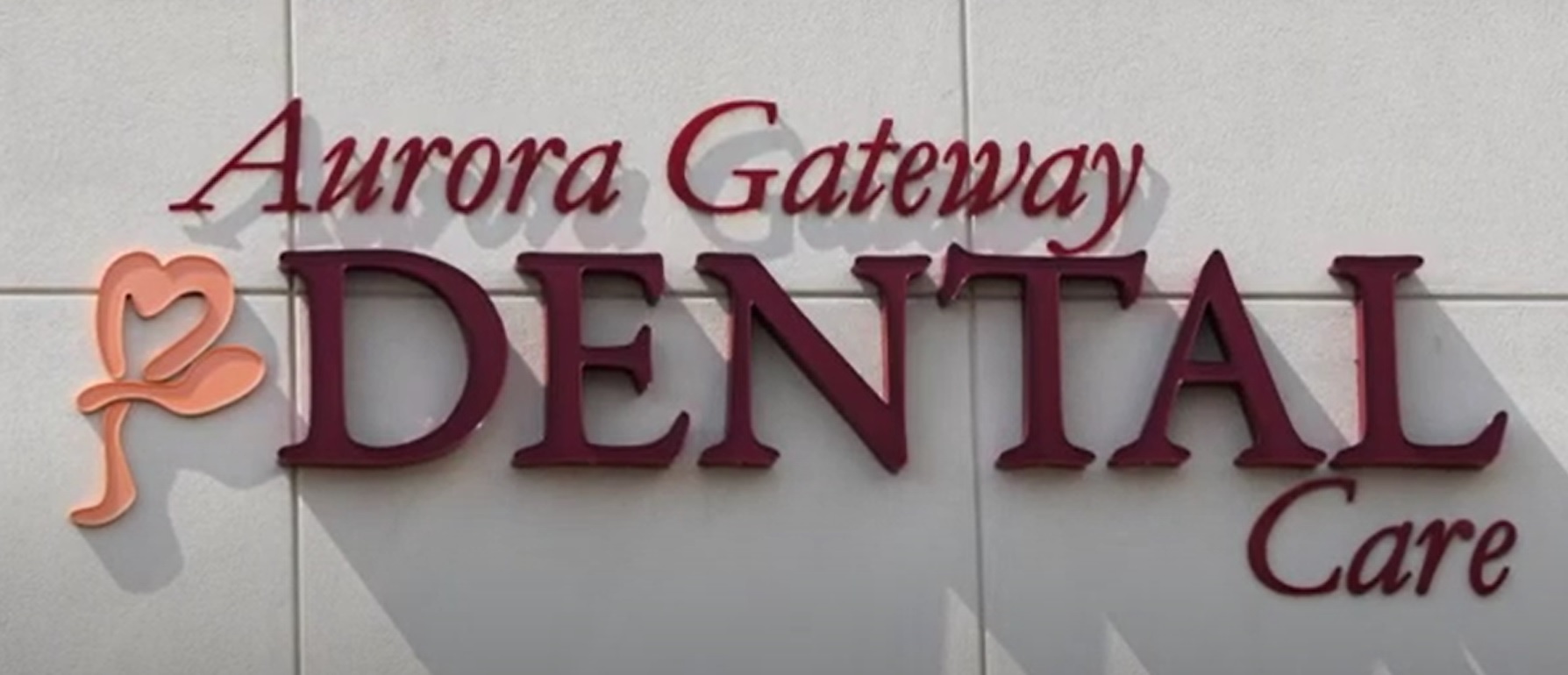Introduction
Oral cancer is a serious disease that affects thousands of people each year. Early detection is key to improving outcomes, which is why regular oral cancer screenings are so important. During an oral cancer screening appointment, your dentist will carefully examine your mouth and throat for any signs of cancer or precancerous conditions. In this guide, we will walk you through what to expect during an oral cancer screening appointment in more detail.
Step 1: Medical History Review
Before the screening begins, your dentist will review your medical history, including any risk factors you may have for oral cancer. This may include tobacco or alcohol use, previous oral cancer diagnoses, or a family history of oral cancer. Be sure to inform your dentist of any symptoms or concerns you may have. 
Step 2: Visual Examination
The screening will start with a visual examination of your mouth, lips, gums, tongue, and throat. Your dentist will use a light and mirror to look for any abnormalities, such as red or white patches, sores that do not heal, or lumps. They may also feel the tissues in your mouth and throat for any unusual areas.
Step 3: Physical Examination
Your dentist may also perform a physical examination of your head, neck, and lymph nodes to check for any swelling or tenderness that may indicate the spread of oral cancer.
Step 4: Additional Tests (if necessary)
Depending on the findings of the visual and physical examinations, your dentist may recommend additional tests. This may include a biopsy, where a small sample of tissue is taken for further examination, or imaging tests such as X-rays or CT scans to get a more detailed view of any suspicious areas.
Step 5: Discussion and Follow-up
After the screening is complete, your dentist will discuss their findings with you and recommend any necessary follow-up care. If no abnormalities are found, your dentist may recommend regular screenings as part of your routine dental exams. 
Conclusion
Oral cancer screening is a crucial part of maintaining good oral health. By undergoing regular screenings and being aware of the signs and symptoms of oral cancer, you can help protect yourself against this serious disease. If you have not had an oral cancer screening recently, talk to your dentist about scheduling one at your next appointment. Early detection can save lives.
FAQs
Q 1: How often should I have an oral cancer screening?
It is generally recommended to have an oral cancer screening at least once a year, especially if you have risk factors such as tobacco or alcohol use, a history of oral cancer, or a family history of the disease. Your dentist may recommend more frequent screenings based on your individual risk factors.
Q 2: Are oral cancer screenings painful?
No, oral cancer screenings are typically not painful. The screening process is simple and involves visually inspecting your mouth and throat for any signs of cancer or precancerous conditions. Your dentist may also gently feel the tissues in your mouth and throat for any abnormalities.
Q 3: What are the risk factors for oral cancer?
The primary risk factors for oral cancer include tobacco use (including smoking and smokeless tobacco) and heavy alcoholconsumption. Other risk factors include a history of oral cancer, a family history of the disease, excessive sun exposure (which can increase the risk of lip cancer), and infection with the human papillomavirus (HPV).
Q 4: Can oral cancer be prevented?
While there is no guaranteed way to prevent oral cancer, there are steps you can take to reduce your risk. These include avoiding tobacco use, limiting alcohol consumption, practicing good oral hygiene, and eating a healthy diet rich in fruits and vegetables. Additionally, receiving the HPV vaccine can help reduce the risk of HPV-related oral cancers. Regular oral cancer screenings can also help detect the disease early, when treatment is most effective.

